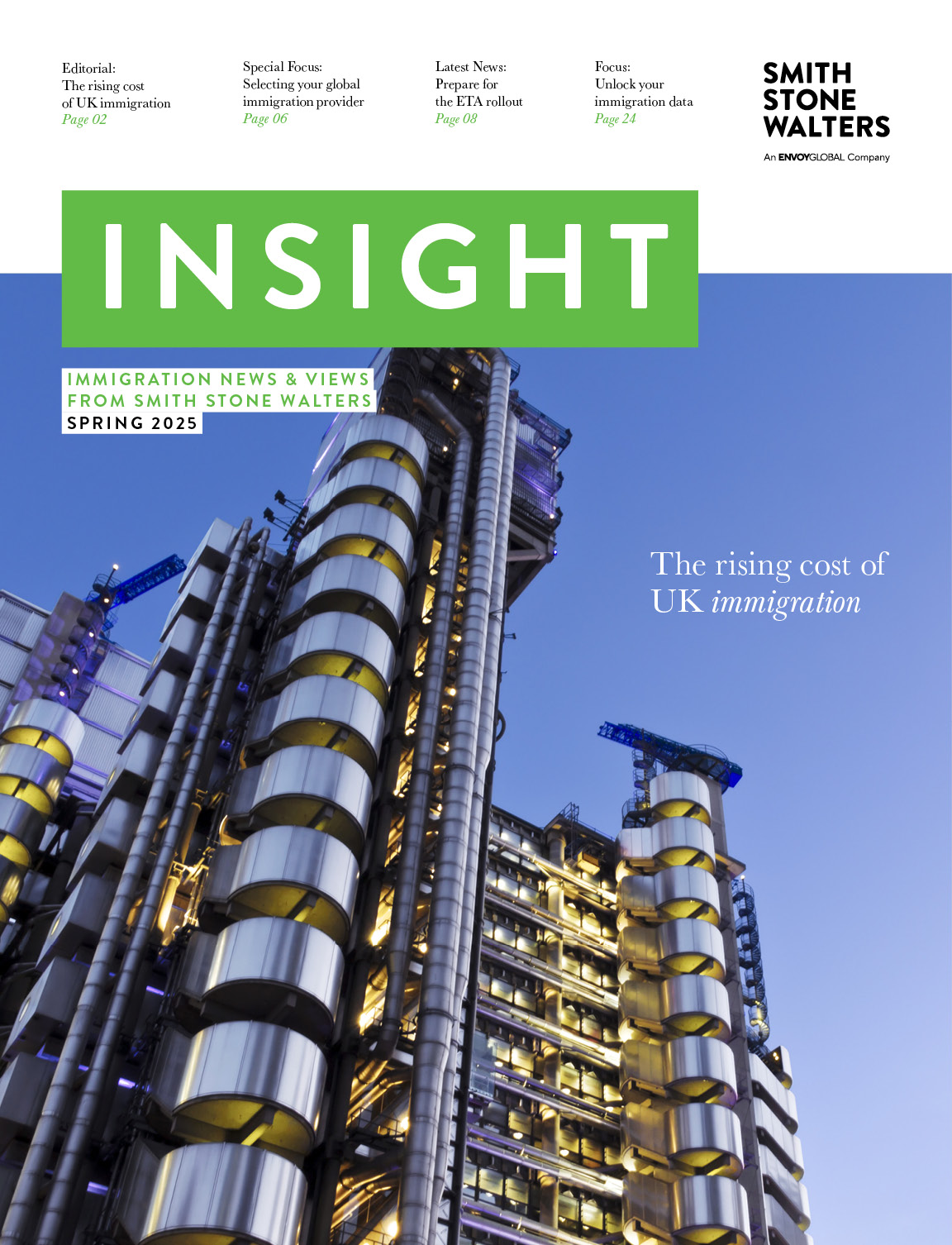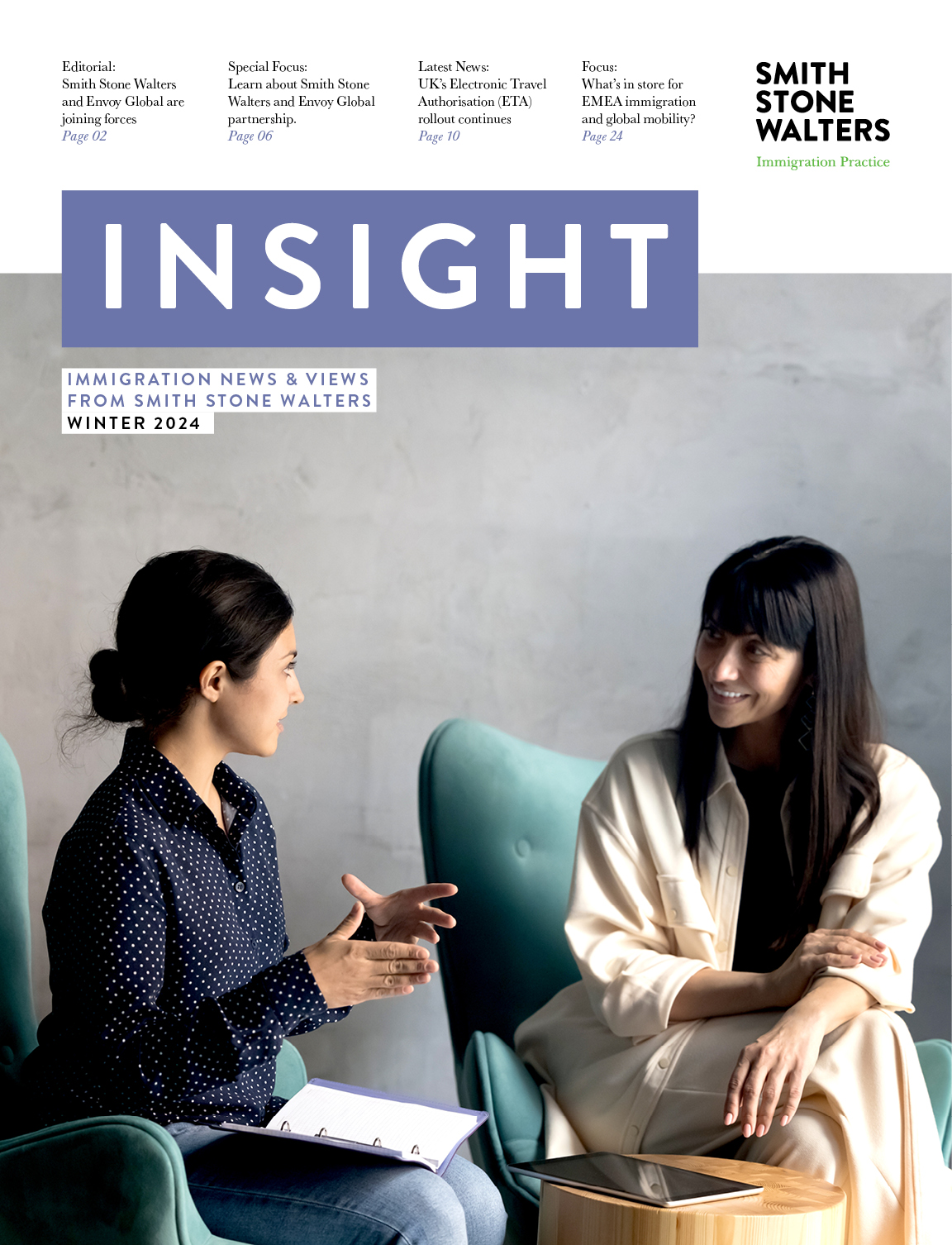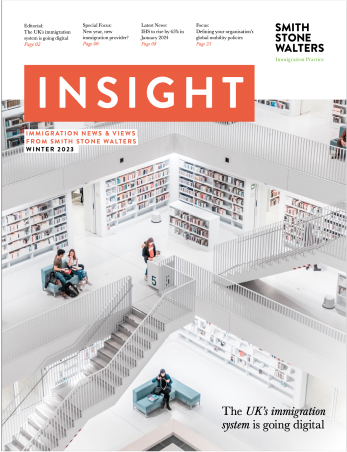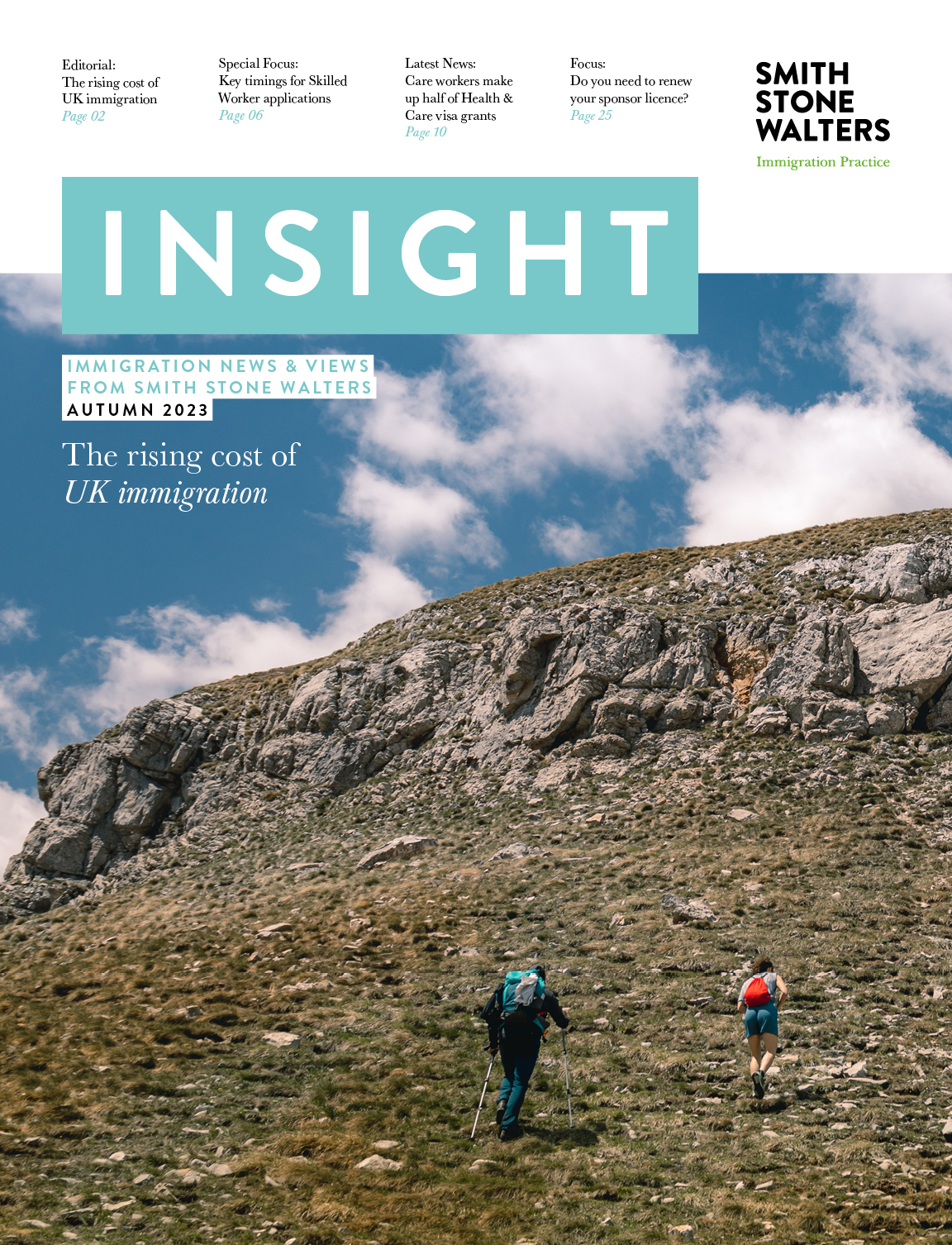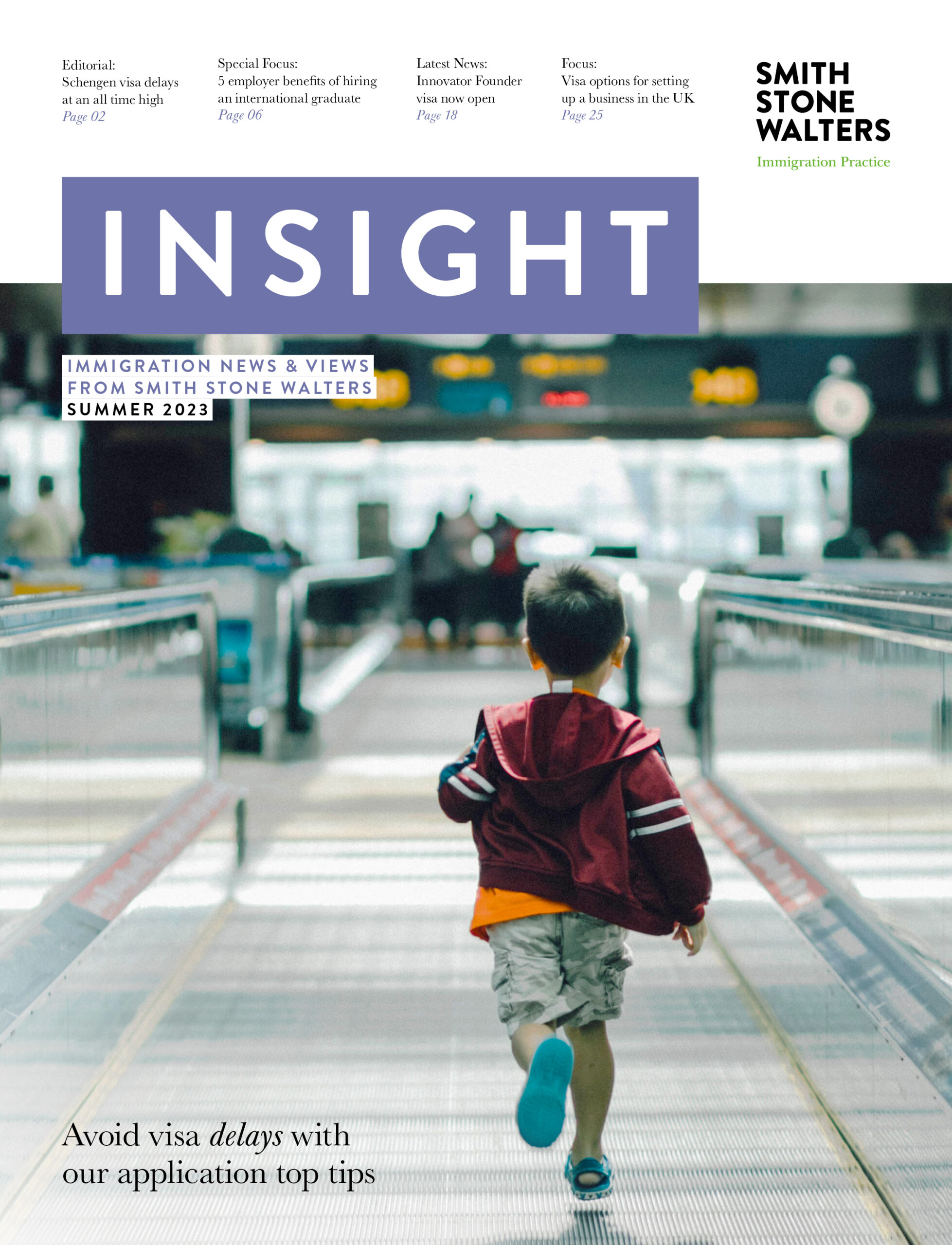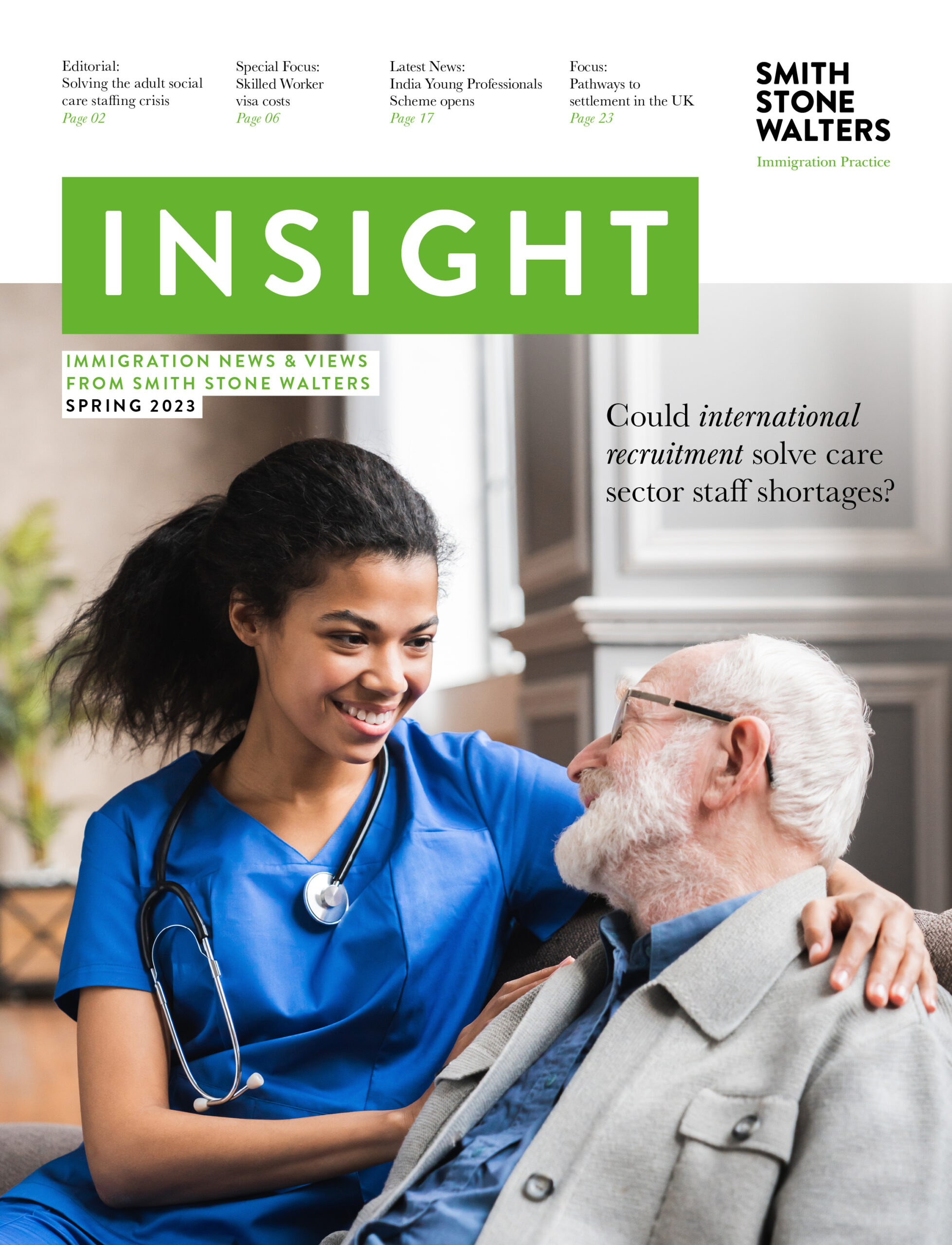Latest updates in global immigration
This week, the Global Immigration team at Smith Stone Walters would like to highlight the following recent updates from Austria, Canada, New Zealand and the United States.

Austria: New e-card photo registration offices – 137 municipal offices offer extended service
The Interior Ministry has announced that, effective 2 September 2024, 137 municipal offices throughout Austria will offer a new photo registration service for e-cards.
Through an ordinance of the Minister of the Interior, 137 municipal offices are permitted to register photos for e-cards of Austrians. 109 municipalities can also register photographs for foreign nationals. The participating municipalities are listed in the ordinance.
The ability to upload images for the e-card directly to the municipal offices, instead of having to visit the State Police Directorate or the Federal Office for Foreigners and Asylum in the state capital, will shorten the process for users.
Since 2020, e-cards in Austria have been provided with a photo of the holder. The images used for this purpose have so far come mainly from the driver’s license register and other state registers. As a result, however, not all Austrian nationals were recorded and foreign nationals were generally not taken into account.
Austrian nationals therefore had to contact the social insurance authorities for photo registration and people without Austrian citizenship had to contact the state police directorates or federal offices for foreign affairs and asylum.
Canada: Extended work and study permit measures for Ukrainians in Canada
On 23 August 2024, the Canadian government announced that Ukrainian nationals and their family members who were approved under the Canada–Ukraine authorization for emergency travel, and who arrived in Canada on or before 31 March 2024, can now apply for an open work permit until 31 March 2025.
Under these extended measures, they can apply to get a new open work permit that’s valid for up to 3 years, apply to extend a current open work permit or apply for a new study permit, subject to standard fees.
In addition, all Ukrainian temporary residents and their family members in Canada can access free settlement services until 31 March 2025.
Canada: Measures to reduce number of temporary foreign workers
On 26 August 2024, the government of Canada announced that the following changes to the Temporary Foreign Worker (TFW) programme will be implemented, effective by 26 September 2024:
- The government will refuse to process Labour Market Impact Assessments (LMIAs) in the Low-Wage stream, applicable in census metropolitan areas with an unemployment rate of 6% or higher. Exceptions will be granted for seasonal and non-seasonal jobs in food security sectors (primary agriculture, food processing and fish processing), as well as construction and healthcare;
- Employers will be allowed to hire no more than 10% of their total workforce through the TFW Program. This maximum employment percentage will be applied to the Low-Wage stream and is a further reduction from the March 2024 reduction. Exceptions will be granted for seasonal and non-seasonal jobs in food security sectors (primary agriculture, food processing and fish processing), as well as healthcare and construction; and
- The maximum duration of employment for workers hired through the Low-Wage stream will be reduced to one year (from two years).
Within 90 days of this announcement, further review will be undertaken of the Program, which could result in changes to the High-Wage Stream, to existing LMIA applications for which positions have not been filled, to sectoral exceptions, or refusing to process other LMIA applications, including for rural areas.
Background:
- According to the government announcement, the Temporary Foreign Worker (TFW) Program is designed as an extraordinary measure to be used only when qualified Canadians and permanent residents are not able to fill job vacancies.
- According to the latest data from the Labour Force Survey, the overall unemployment rate has increased to 6.4% following two consecutive monthly increases in May and June. Canada’s unemployment rate increased 0.2 percentage points to 6.4% in June 2024. The unemployment rate trended up since April 2023, rising 1.3 percentage points over the period. In June 2024, there were 1.4 million unemployed people, an increase of 42,000 (+3.1%) from the previous month.
- As the labour market has loosened, the Government of Canada began rolling back the pandemic measures aimed at addressing an extraordinary labour shortage. Beginning in October 2023, those adjustments have included gradual reductions to the validity period of Labour Market Impact Assessments (LMIAs) from 18 months to 6 months, as well as to the cap on percentage of temporary foreign workers from 30% to 20%, both necessary steps toward bringing the program back to pre-pandemic levels.
- On August 20, 2024, the Government of Canada announced the approval of a proposal by the Government of Quebec for a temporary freeze on the approval of new Temporary Foreign Workers in the low-wage stream in Montreal. Effective September 3rd, 2024, processing of Labour Market Impact Assessment applications will be discontinued for six months for job offers located in the Montreal region with wages below $27.47/hour, which is the current Quebec median hourly wage.
New Zealand: Further update on migrant school leaver work rights
In July 2024, the New Zealand government announced it will increase access to part-time work rights for migrant high school leavers who are awaiting the outcome of a family residence visa application.
Immigration New Zealand (INZ) has now confirmed that this change will come into effect on 1 October 2024.
- Those who are eligible and already on a visitor visa will be able to apply for a variation of their visitor visa conditions to get these work rights from 1 October 2024.
- Those who are eligible and applying for a visitor visa will be able to apply for work rights as part of their visa application from 1 October 2024.
Eligibility:
An eligible applicant for part-time work rights must be an applicant on an already-lodged application for one of the following residence visas:
- Dependent Child Resident Visa
- Skilled Migrant Category Visa (either current or pre-October 2023 visa criteria)
- Straight to Residence Visa
- Work to Residence Visa
- Care Workforce Work to Residence Visa
- Transport Sector Work to Residence Visa.
They must also:
- already have or be eligible to apply for a Child of a Worker Visitor Visa, or Child of a New Zealander Visitor Visa, and
- be 18 to 24 years old (inclusive), or 17 years old and have evidence of high school completion.
Those who are eligible will be able to work up to:
- 20 hours per week between 1 February and 30 November, and
- 40 hours per week between 1 December and 31 January.
These are the same work rights for Year 12 and 13 students on a Dependent Child Student Visa. This change makes sure the same work rights are available across visas open to migrant school leavers awaiting a residence decision.
United States: USCIS Updates Guidance for F/M Nonimmigrant Student Classification
United States Citizenship and Immigration Services (USCIS) is updating guidance in the USCIS Policy Manual regarding when students may be eligible for optional practical training (OPT) extensions for Science, Technology, Engineering, and Mathematics (STEM) fields. This guidance, found in Volume 2, Part F, of the Policy Manual, also provides clarifying guidance for F/M nonimmigrant students concerning online study, school transfers, the grace period, and study abroad.
The Policy Manual update:
- Clarifies that students may count one class or three credits (or the equivalent) per academic session (or the equivalent) toward a full course of study if they take the class online or through distance learning not requiring physical attendance for any purpose integral to completion of the class.
- Explains that students may transfer between U.S. Immigration and Customs Enforcement (ICE), Student and Exchange Visitor Program (SEVP)-certified, schools at the same educational level, or move between educational levels.
- Explains that, during the 60-day grace period following an authorized period of post-completion of OPT, students may change their education level, transfer to another SEVP-certified school, or file an application or petition with USCIS to change to another nonimmigrant or immigrant status.
- Clarifies that students may be eligible for post-completion OPT after completion of an associate’s, bachelor’s, master’s, or doctoral degree program.
- Corrects the period during which students may apply for STEM OPT extensions and makes other technical corrections.
- Clarifies that a student enrolled in a SEVP-certified school during a study abroad program may remain active in the Student and Exchange Visitor Information System if the study abroad program lasts less than five months, but that the student will need a new Form I-20, Certificate of Eligibility for Nonimmigrant Student Status, if the program lasts longer than five months.
This guidance is effective immediately and applies to requests pending or filed on or after the publication date.
Expert advice on global immigration
If you need support with any aspect of global immigration, Smith Stone Walters is here to help.
To speak to a member of our global immigration team, please contact us today.







